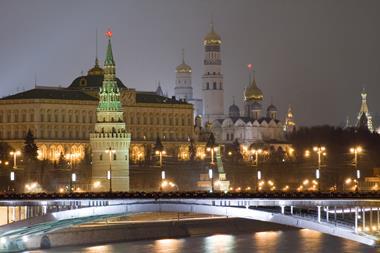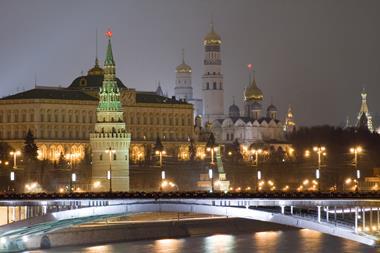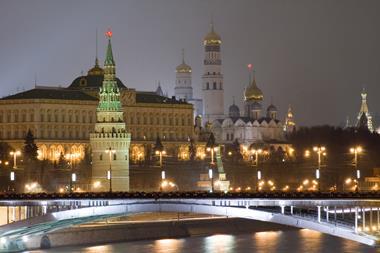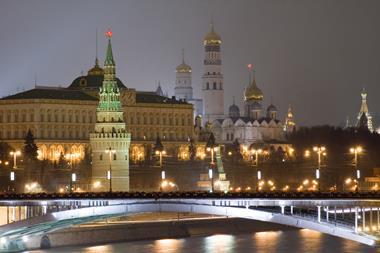The bill extending the 2014 moratorium on second-pillar pension contributions to non-state pension funds (NSPFs) was signed into law by president Vladimir Putin on 1 December.
The bill had earlier been passed by the State Duma (lower house) on 21 November and by the Federal Council of Russia (upper house) on 26 November.
The law stipulates that the contributions will be directed to the first-pillar Pension Fund of the Russian Federation to fund existing state pension obligations, thus reducing federal budget transfers.
A separate budget law for 2015-17 sees RUB525.9bn (€7.9bn) transferred to the private system after 1 January 2015 from accounts managed by Vnesheconombank (VEB), the state institution that manages the second-pillar accounts for those individuals that chose not to, or never decided to, have their funds in the NSPFs.
These include the contributions frozen in the second half of 2013.
The monies will start flowing once the NSPFs convert to joint-stock status, receive accreditation from Bank of Russia – the central bank and pensions regulator – and sign up to a guarantee system.
In late November, the Bank of Russia announced it had approved the joint-stock status of 44 of the largest funds, accounting for some 90% of all assets.
Separately, the Bank of Russia announced it wants to tighten investment regulations for the funds.
The new regulations would limit the investment in a single Russian state security to 35% and that of a single municipal issue to 40%.
The total share of Russian stocks and foreign investment funds would be capped at 65%, Russian mortgage bonds at 40%, and the total of bonds issued by foreign financial organisations and foreign investment funds at 20%.
The maximum limit on rouble and foreign currency accounts and deposits would be 80%.
Transactions must take place on an organised market, at best-price execution.












No comments yet